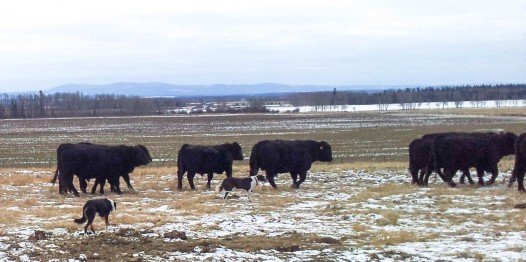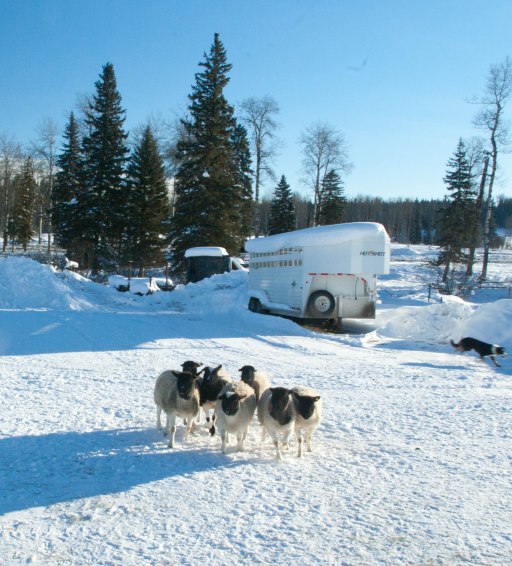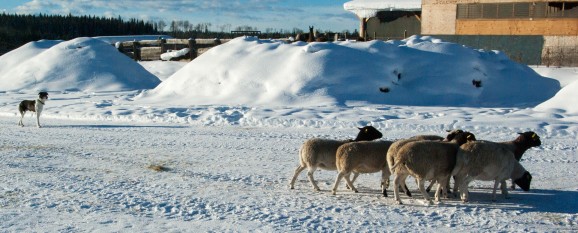You had to know that this topic would eventually come up sooner rather then later.
To establish my position on this devise you should understand that I do not like the e-collar.
I have used them very rarely. I do not have one now. Having said that, I do believe that there
is a time and place that one can be used. I do not advocate the use of an Ecollar for training.
I will reluctantly say that they can be used for correcting an existing behaviour that is being
ignored by the stockdog.
As I mentioned I am absolutely against using the collar for training a behaviour. If you feel the
need to use one for training I would suggest that you have not achieved the “VERY” basics of
training your stock dog. See my post # 5. Levels (of training),
6. Starting a new pup or tuning up an older dog, 10. Bonding. If you need to correct a problem a
e-collar might be an additional tool to use.
One of the key ingredients to training is bonding. If a dog is not doing what you are instructing him
to do then he is working for himself. If a dog is working for you then correcting problems can, in most
cases, be fixed without an e collar.



